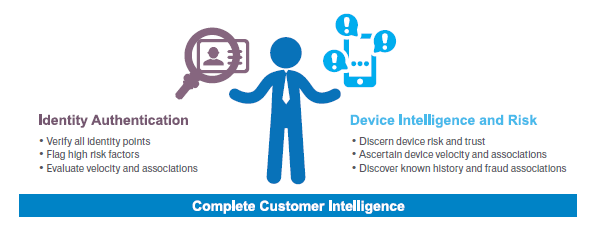Leveraging customer intelligence in the age of mass data compromise
 Hardly a week goes by without the media reporting a large-scale hack of sensitive personal or account information. Increasingly, the public seems resigned to believe that such compromises are the new normal, producing a kind of breach fatigue that may be lowering the expectations consumers have for identity and online security.
Hardly a week goes by without the media reporting a large-scale hack of sensitive personal or account information. Increasingly, the public seems resigned to believe that such compromises are the new normal, producing a kind of breach fatigue that may be lowering the expectations consumers have for identity and online security.
Still, businesses must be vigilant and continue to apply comprehensive, data-driven intelligence that helps to thwart both breaches and the malicious use of breached information and to protect all parties’ interests.
We recently released a new white paper, Data confidence realized: Leveraging customer intelligence in the age of mass data compromise, to help businesses understand how data and technology are needed to strengthen fraud risk strategies through comprehensive customer intelligence.
At its core, reliable customer intelligence is based on high-quality contextual identity and device attributes and other authentication performance data. Customer intelligence provides a holistic, bound-together view of devices and identities that equips companies and agencies with the tools to balance cost and risk without increasing transactional friction and affecting the customer experience.
In the age of mass data compromise, however, obtaining dependable information continues to challenge many companies, usually because consumer-provided identities aren’t always unique enough to produce fully confident decisioning.
For more information, and to get a better sense of what steps you need to take now, download the full white paper.


